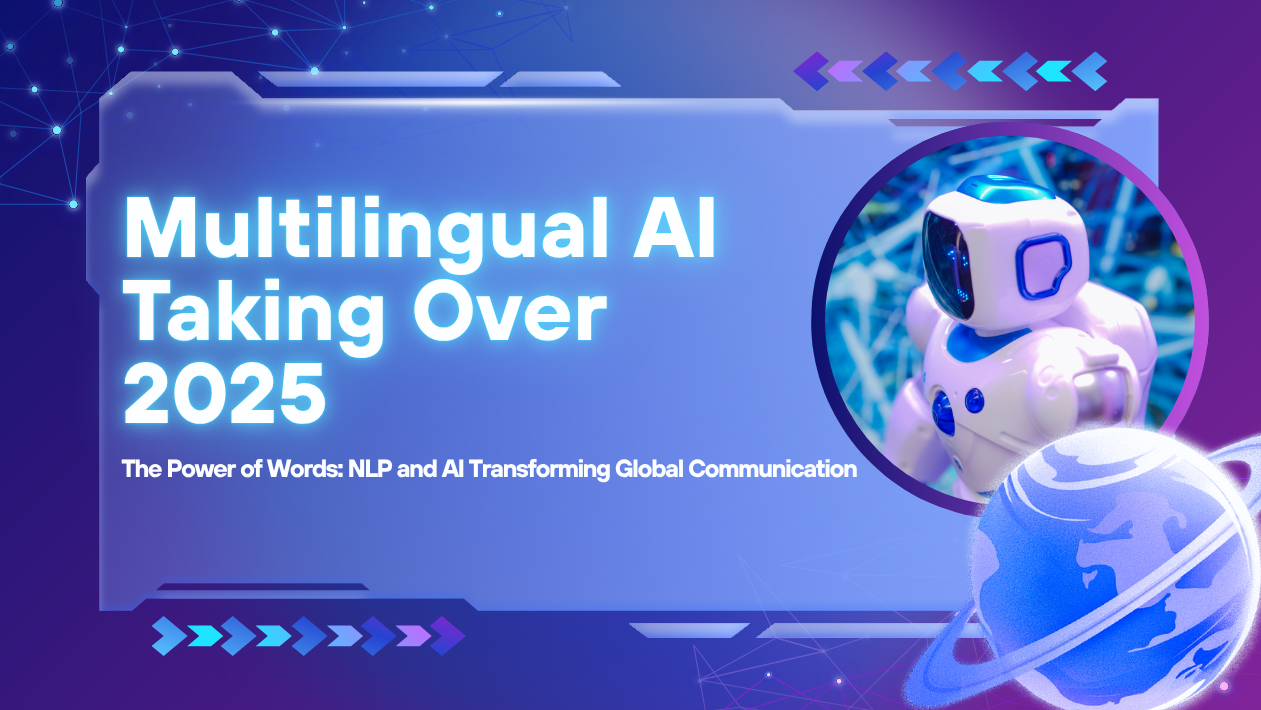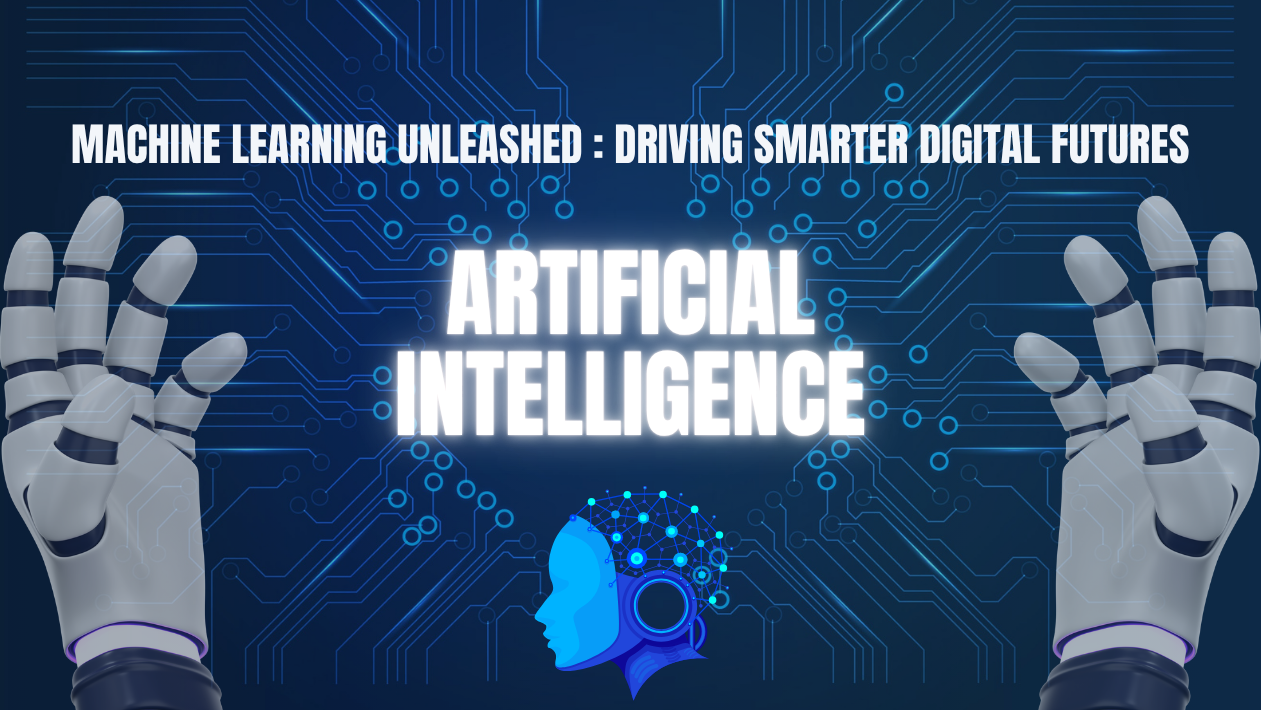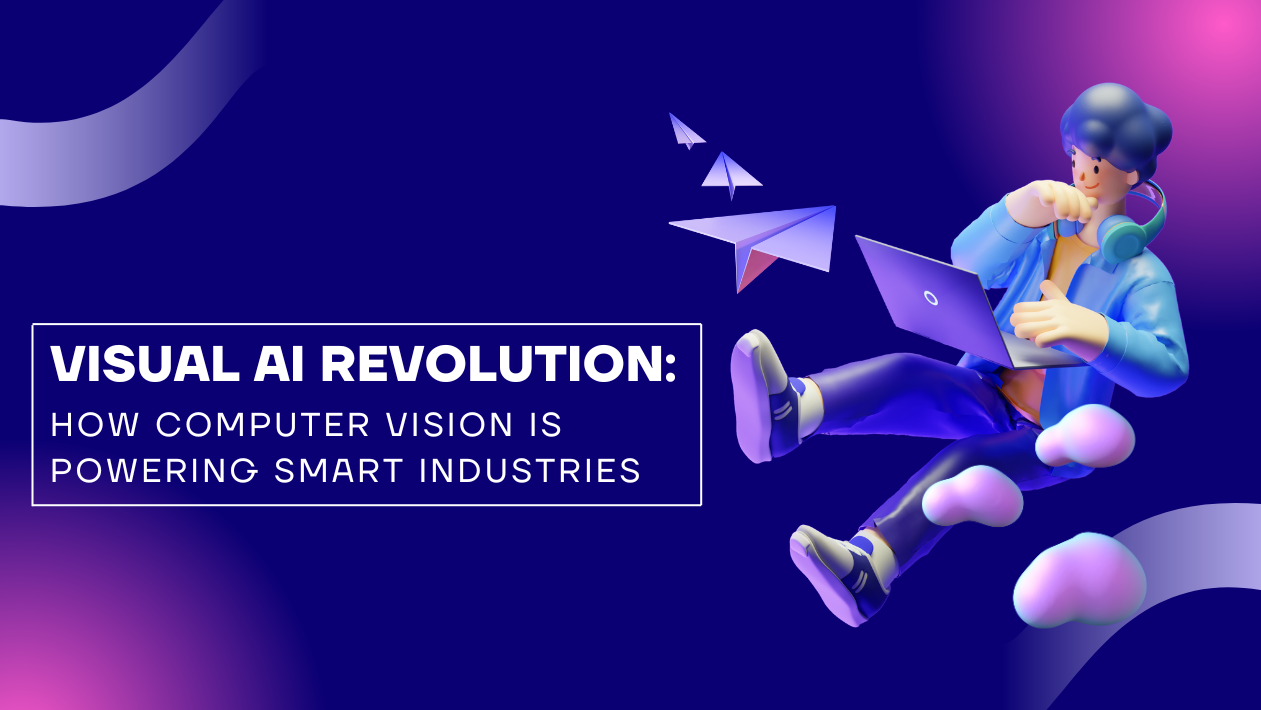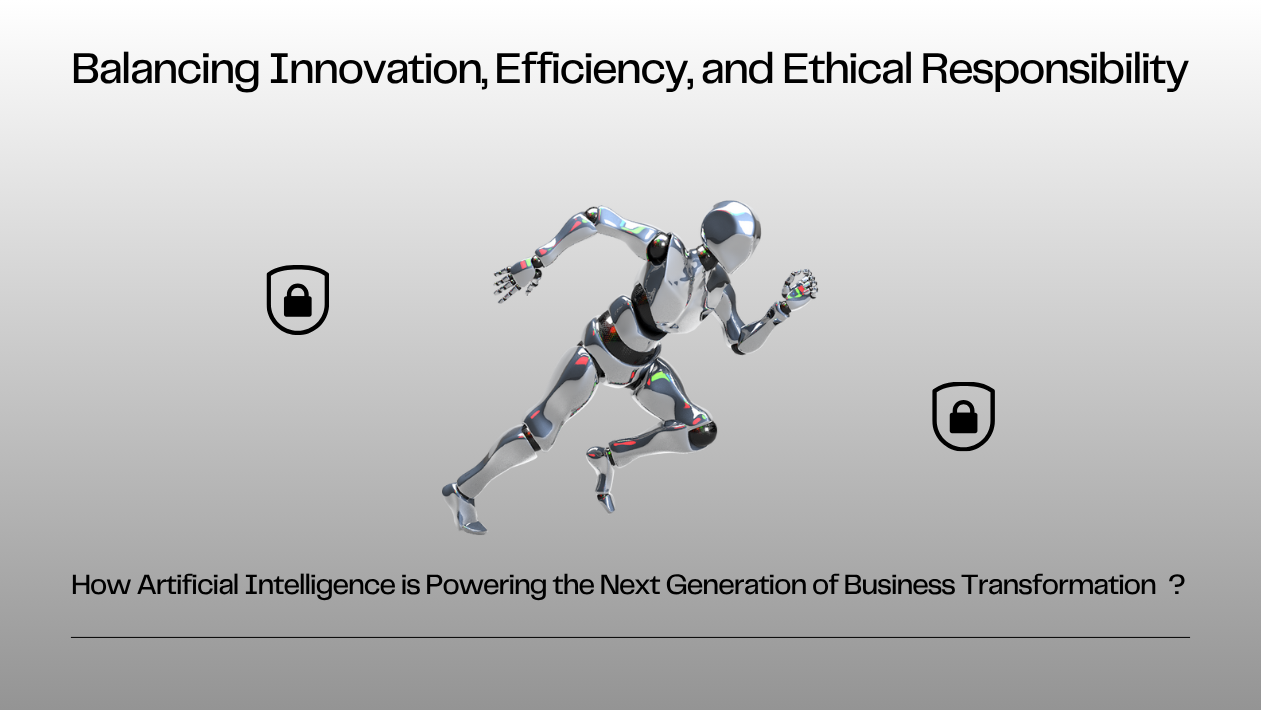Computer vision, once a niche AI technology, has become a mainstream driver of innovation in 2025, powering industries from healthcare and retail to manufacturing, transportation, and security. With advances in deep learning, edge AI, and multimodal models, machines are not just “seeing” but also understanding and acting on visual information in real time.
Healthcare: Faster Diagnoses, Safer Procedures
Medical imaging is one of the biggest beneficiaries of computer vision. AI models now detect cancers, cardiovascular issues, and neurological conditions with accuracy surpassing human specialists in some cases. Hospitals are adopting real-time surgical vision systems to guide doctors during complex operations, while wearables with vision sensors help track patient health remotely.
Retail: Smarter Stores and Frictionless Checkouts
Retailers worldwide are integrating computer vision-powered checkout systems, enabling “grab-and-go” shopping without waiting in lines. Vision tools also track inventory automatically, prevent theft, and analyze customer behavior to improve store layouts. Global leaders like Amazon Go and Alibaba Freshippo are setting the pace for a fully automated retail experience.
Manufacturing & Logistics: Precision and Safety
Factories are using vision systems to detect microscopic defects on assembly lines, monitor worker safety gear, and automate quality checks. Logistics companies, from DHL to FedEx, deploy computer vision for real-time package tracking and autonomous warehouse robotics, cutting costs and reducing human error.
Transportation: Driving Toward Autonomy
Self-driving technology continues to depend on computer vision for lane detection, obstacle recognition, and pedestrian safety. In 2025, improvements in sensor fusion (combining cameras, LiDAR, and radar) and edge AI chips are making autonomous vehicles safer and more reliable. Cities are also adopting vision-based systems to manage traffic flows and reduce congestion.
Beyond 2D: 3D Vision and Generative AI
Computer vision is now moving into 3D modeling, AR/VR applications, and digital twins. E-commerce players are offering AI-powered virtual try-ons, while architects and construction firms use vision-driven 3D scans to design smarter buildings. Integration with generative AI allows machines to not only interpret but also create synthetic visual data for simulations and training.
Challenges: Privacy, Ethics, and Regulation
Despite rapid progress, privacy concerns remain. Facial recognition, surveillance, and bias in datasets continue to spark debate, prompting regulators in the EU, U.S., and Asia to draft AI ethics and vision-specific policies. Companies are investing in responsible AI frameworks to maintain trust.
Outlook: The World Through Smarter AI Eyes
In 2025, computer vision is no longer just about recognizing objects—it’s about enabling business transformation, safety, and personalization. As technology advances, expect vision AI to become as essential to daily life as the smartphone is today.





